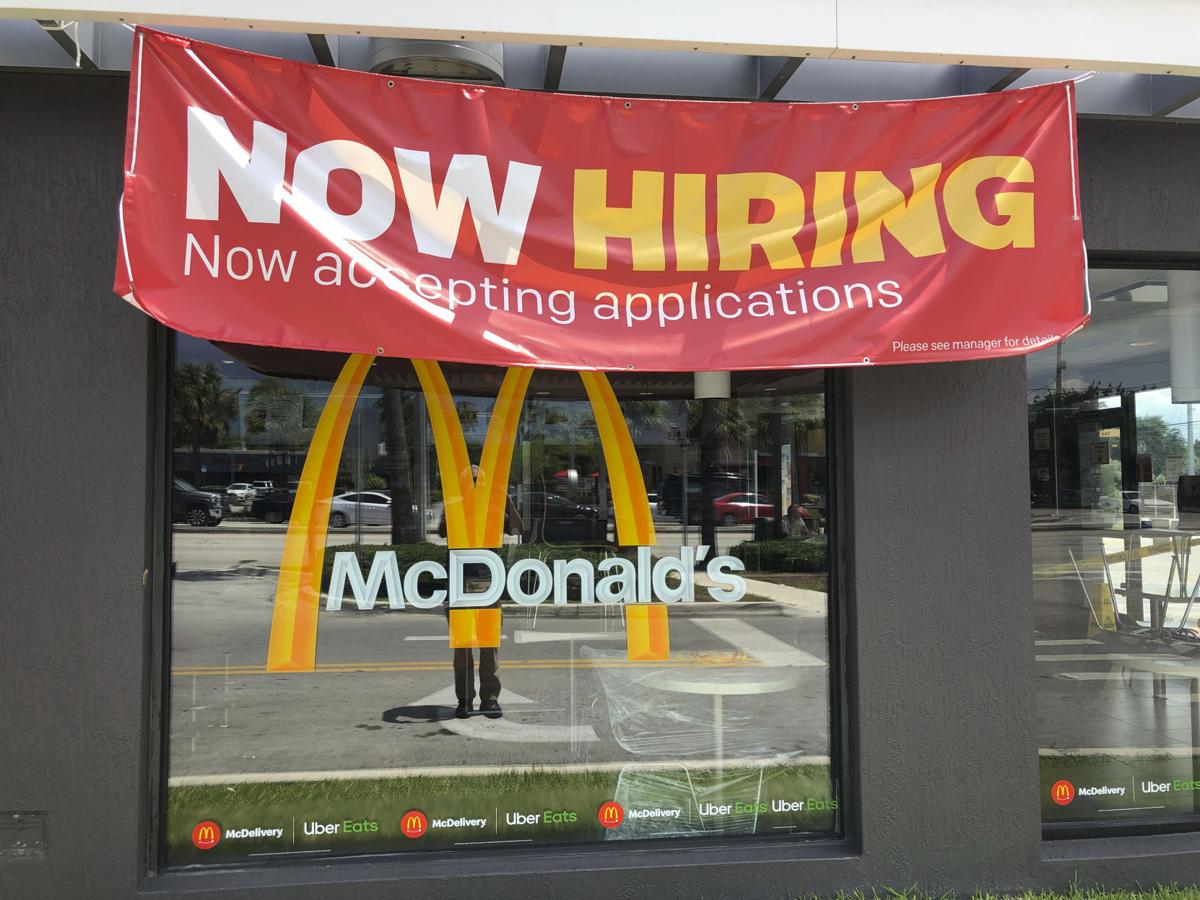PHOENIX — Arizona appears to be on the verge of having as many people working as there were before the economy tanked last year because of COVID-19.
The latest figures from the Office of Economic Opportunity, which reflect the employment situation in July, show the state has recovered 94% of the 331,500 jobs shed since April 2020.
That was good enough to be the third-largest recovery among all states.
And the situation is even brighter among private sector employers, with the state at 98% of the number of people working before the pandemic.
Doug Walls, the labor market analyst for the agency, said he can’t make predictions of what the figures for August will show and whether the state will get out of the red in terms of employment. Those numbers will be released in mid-September.
But he said the signs are promising.
“We have had some good employment momentum really over the last 12 months after the initial declines in employment,” Walls said. “We have seen a steady increase in hiring across all 11 industry sectors across all seven metro areas around the state that the data’s available for.”
Still, he cautioned, trend lines go only so far.
“It’s not uncommon to see month-to-month fluctuations,” Walls said.
But, at least on an annual basis, the needle is in positive territory.
Total non-farm employment increased 183,200 jobs, a 6.7% increase.
Even when statewide employment is back to pre-pandemic levels, however, not all areas of the state will fare equally well.
For example, Cochise County shed 2,300 jobs during the downturn. But there now are 2,900 more people working than before.
Mohave and Yavapai counties also already have exceeded their pre-pandemic employment levels. And it’s close to breaking even in Maricopa and Pinal counties.
Yuma County, by contrast, is at just 84% of the 5,700 jobs lost.
In Pima County, Walls said the 75% recovery level of the 44,000 lost jobs is due largely to the fact that so many people are employed with the university system that has not fully recovered.
That is reflected statewide in the fact that government employment, including colleges and universities, remains 40% below where it was.
Coconino County has a different situation.
Walls pointed out that much of the area economy is built on tourism, meaning jobs at bars, restaurants and hotels. And that hard-hit sector still has a way to go to get back to where it was.
Among industry segments there also are some stark differences.
The biggest recovery has been in the category of trade, transportation and utilities.
Walls said some of that is related to stronger employment at “brick and mortar” retailers.
Many saw traffic slow to a crawl both due to a stay-at-home order issued last year by Gov. Doug Ducey and, even after that was rescinded, by a reticence of some people to go into crowded stores. Now that is beginning to recover.
But the big winner in all this, he said, have been online retailers. Employment has jumped not only at the warehouses and “fulfillment centers” but also among trucking companies that deliver all of these items.
And now that people have gotten used to shopping online, don’t expect that trend to shift.
The U.S. Department of Commerce predicts that consumers will spend $933 billion in e-commerce sales this year, up 18%. That totals 15% of total sales.
Agency officials also say that e-commerce should reach about 24% of total sales by 2025, versus 11% in 2019.
At the other extreme in Arizona is the state’s information sector.
What’s been dragging that down, said Walls, is the fact that it includes employment at movie theaters.
“While we have seen some theaters open back up, there’s still some ways to go in order for that industry to fully recover,” he said.
That presumes that COVID-19 has not forever changed viewing habits.
During the pandemic, some major producers made their releases available online as pay-per-view. And even with theaters now reopening, that trend is continuing.
Consider the new production of “Dune,” a remake of what first hit theater screens in 1984.
It is scheduled for release to theaters Oct. 22. But it also is being made available at the same time on HBO Max.
The number of new jobs aside, there are other signs of an improving economy.
One is the “quit rate,” the percentage of people who voluntarily leave their jobs, presumably because they believe they can find better work elsewhere.
It dropped to just 1.6% nationally at the beginning of the pandemic. Since then it hit a historic high of about 3% in April, though the latest figures have it at 2.7%.
And then there’s the question of compensation. With increasing competition for workers, companies are being forced to pay more.
Walls said the latest figures show an average hourly wage in Arizona of $28.45. That’s about a 3% increase over the same time last year.
Still, the state remains below the national figure of $30.39, which went up 4% over the same period.





